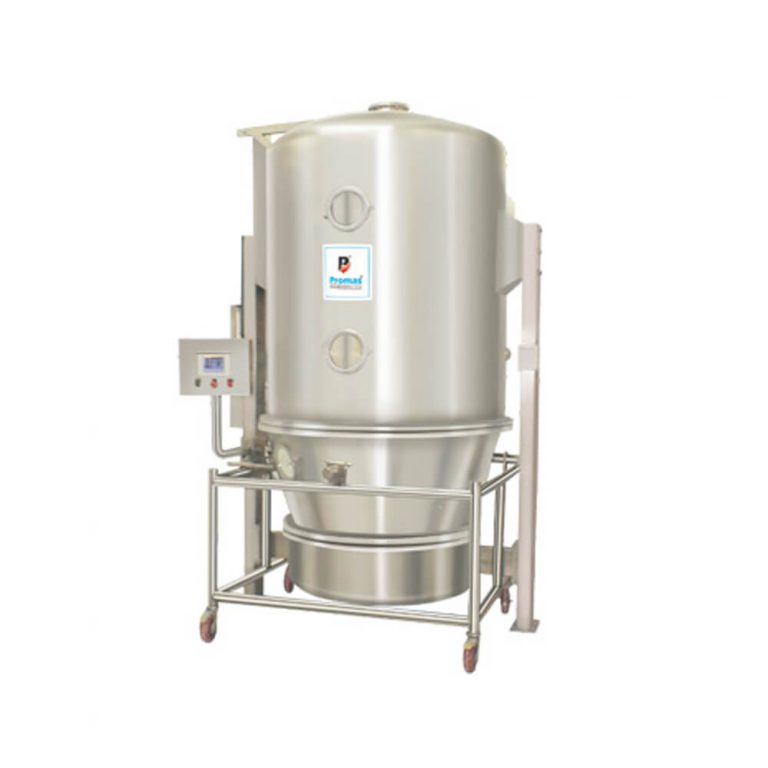It’s essential to pick the right blender for blending the pharmaceutical ingredients. There are various types of blenders for different uses, and the choice is made based on the needs. In the pharmaceutical sector, a blender is essential since medicine is made by combining a variety of medications and ingredients. Depending on the chemical properties and reactions permitted, this mixing must be done dry or wet. Blenders come in a variety of shapes and sizes, each with its unique function.
Some of them are listed below:
Octagonal Blender:
This machine has an octagonal body, but the polygonal bottom and top pieces; contains barriers that quickly and efficiently mix the ingredients. It comes in handy when you need to blend powder or dry grains gently. This blender is ideal for blending granular materials. When it’s full to two-thirds capacity, the best results are achieved.
This blender has the following vital features:
(a) It’s easy to clean on-site.
(b) Using a bin charging mechanism, the powder is charged and removed dust-free.
(c) There is very little waste, therefore granule consumption is substantially lower than with other mixers of the same type.
2. Mass Blender:
This machine is ideal for lump, dry and wet mixing, as well as tablet granulation. In a horizontal plane, the mixer cabin only rotates at one speed. For easy granulation, blades shaped like paddles are placed inside the cabin in a horizontal orientation. The polycarbonate covering is dustproof and transparent, allowing for close control without sacrificing quality. When the cover is opened, an automated safety catch shuts down the mixer.
3. V-Type Blenders:
The ‘V’ shaped rotation divides the mix into two parts that combine with the continued rotation. It is best suited for mixing dry powder constituents and is in high demand in the pharmaceutical industry due to its ability to be customised to meet the specific needs of the user. It has the following features: (a) It is simple to charge and unload. (b) Simple to clean. (c) Because of the simple design, it is simple to maintain. (d) It is equipped with a manual rotation system. Importance of Blend Uniformity in the Manufacturing Process
4. Double Cone Blender: This is a robust approach that can mix granules, dry powder, heavy and abrasive materials. The cone shape and multi-shear deflector plates ensure optimal dry powder blending and removal. To improve blending, additional paddle-shaped baffles can be attached to the shaft. It has a timer function that allows for more precise mixing. Accidents are reduced by the well-balanced cone and fire-resistant motor.
5. Vertical Blenders:
These blenders are ideal for mixing solids such as pellets, powder, granules, and granules. They are versatile because they are available in a variety of sizes and can be customised to meet the needs of the industry.
These blenders have the following features:
(a) Complete discharge is possible because there are no bearings to support the bottom. (b) They are simple to clean in place and pose little risk of contamination.
(c) The simple design allows for simple maintenance and operation.
6. Ribbon Blender Mixer
The Industrial Ribbon Blender Mixer is versatile and effective blending equipment for homogeneously mixing dry grains and powders. To guarantee optimum mixing, approximately two-thirds of the volume of the Ribbon Blender container is filled. Due to the form and shape of the mixing ribbon and product container, the Ribbon Blender produces the greatest results for blending dry powder and granules.
Blenders are critical components in the production of pharmaceutical products. To meet the varying demands of the pharmaceutical industry, various types of blenders are available on the market. The correct blender selection is critical for ease of operation, maintenance, and cleaning without compromising product quality.



